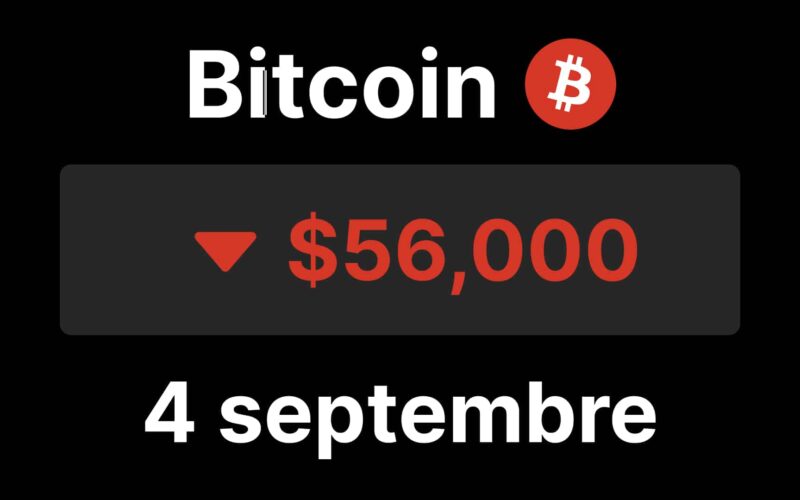ETF Bitcoin Spot in the US Suffer Massive Outflows
The ETFs listed in the US experienced a particularly difficult day on Tuesday, with net capital outflows totaling $287.8 million.
This figure represents the largest single-day capital outflow since May 1, 2024, a period in which ETFs had already lost over $500 million.
The Economic Contraction Raises Concerns
This massive withdrawal occurred in the context of renewed concerns about the US economy. The release of economic indicators showing a weakening manufacturing sector, particularly the ISM PMI index which remained below the 50 threshold, has reignited fears of an economic contraction.
The US manufacturing industry is considered a key indicator of overall economic health, and this decline has cast a shadow over growth prospects. This slowdown has also affected risk assets such as cryptocurrencies, which are generally sensitive to broader economic fluctuations.
This economic pressure was further exacerbated by Nvidia’s NVDA shares plummeting 9.54% on the same day, triggering a wave of market sales, including in the crypto space. In total, over $1 trillion was wiped off the US stock market on Tuesday.
ETF Bitcoin Takes the Brunt
ETF Bitcoin has been particularly affected, with major players in the sector experiencing significant losses. Fidelity was hit the hardest, recording outflows of $162.3 million. Grayscale’s GBTC was not spared, with a net loss of $50.4 million. BITB and ARK also saw withdrawals of $25 million and $33.6 million, respectively.
On the other hand, BlackRock, a heavyweight player in the crypto investment space with its IBIT ETF, recorded a second consecutive day without any movement in or out of funds. This relative stability contrasts with the hemorrhage observed in the rest of the market and could indicate a certain level of investor confidence in BlackRock’s more conservative management.
Direct Impact on Bitcoin Price
The Bitcoin market itself felt the effects of this bearish trend. After a slight increase on Monday, the price of BTC fell by 2.7% to reach $57,500. The decline continued throughout the evening, reaching $55,600, extending the losses from the previous night. Futures contracts linked to the S&P 500 index also declined by 0.4%, adding additional pressure on risk assets.




